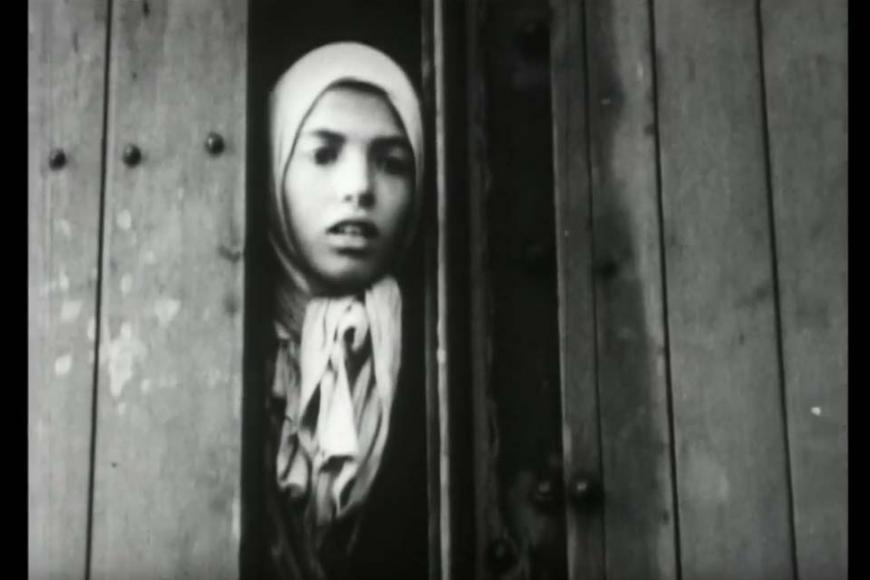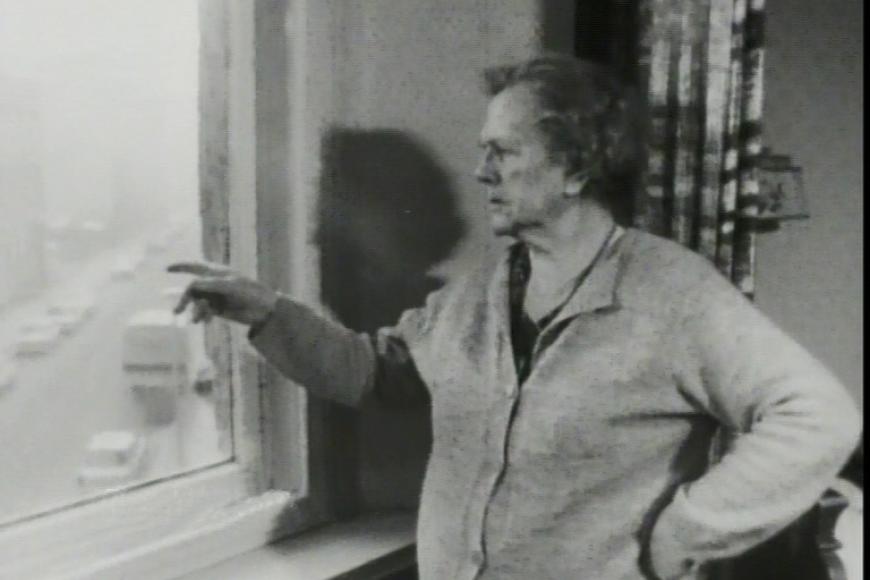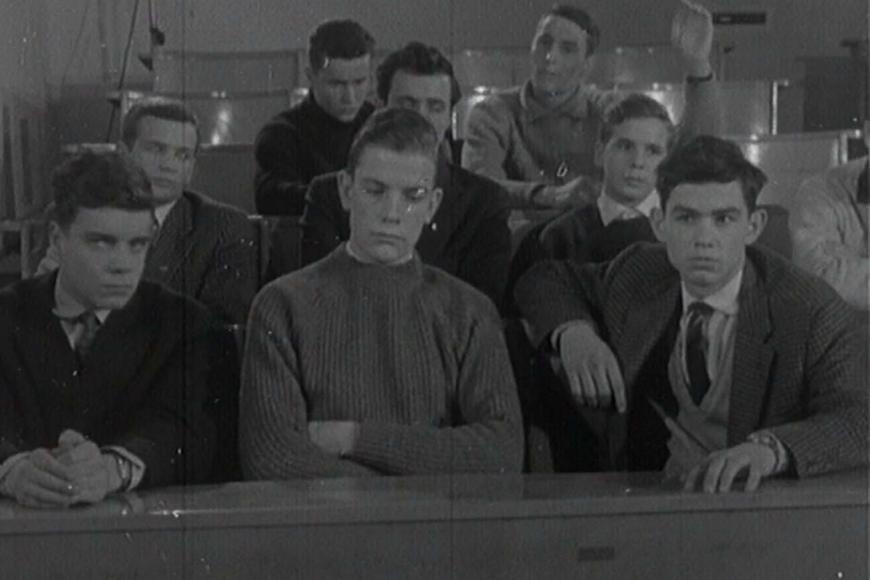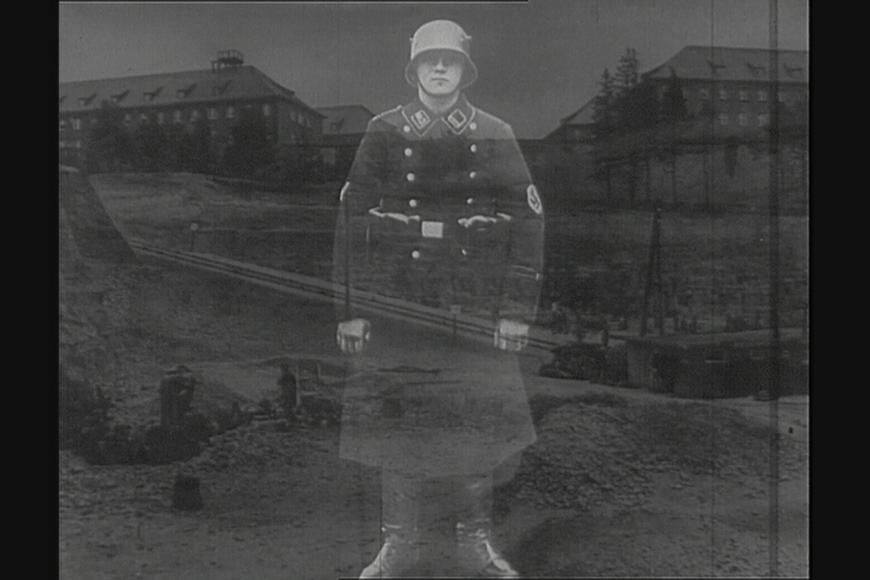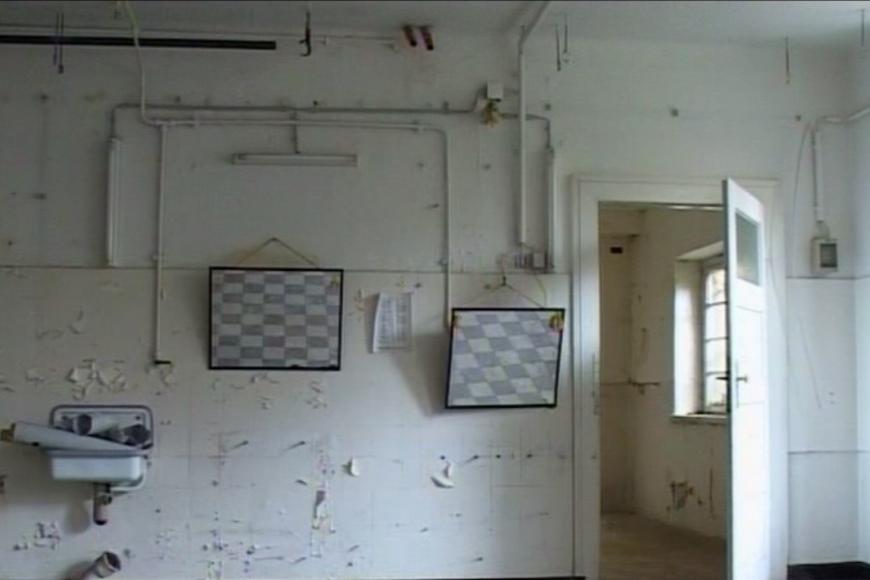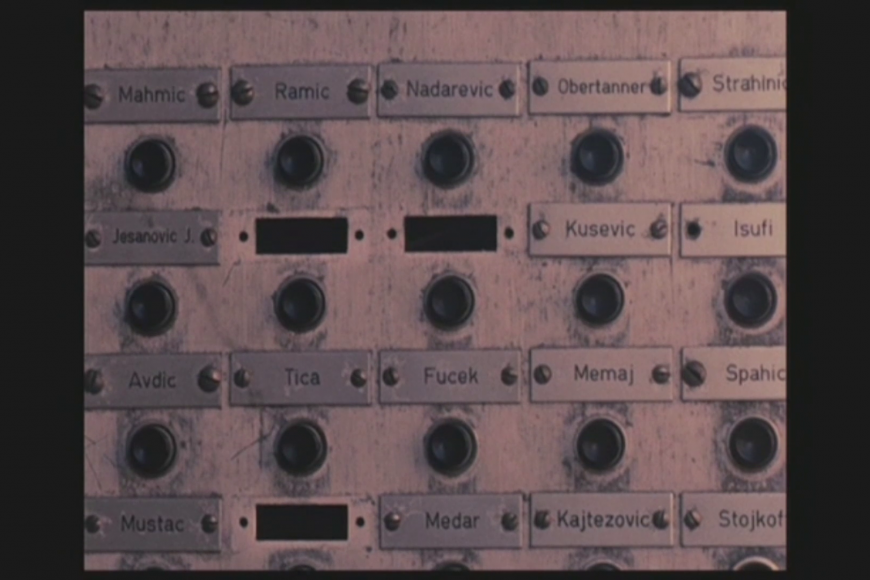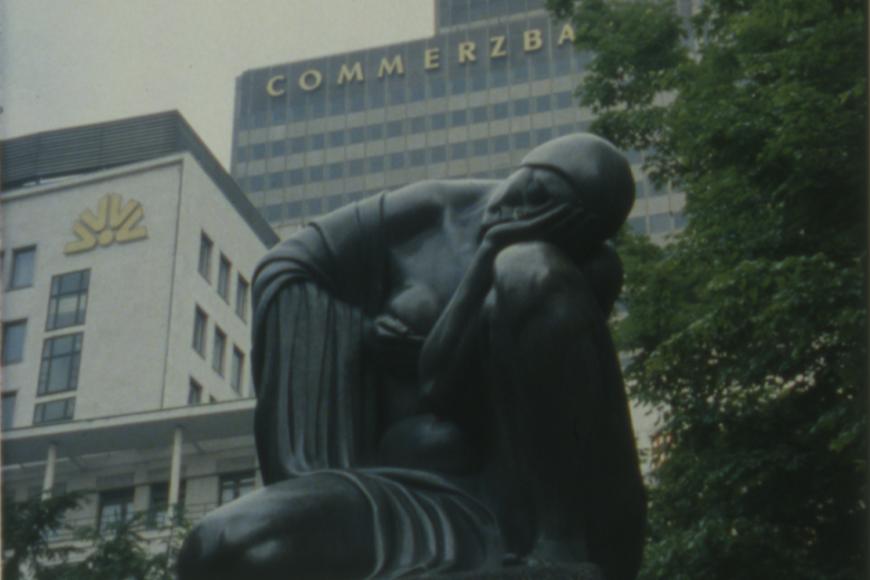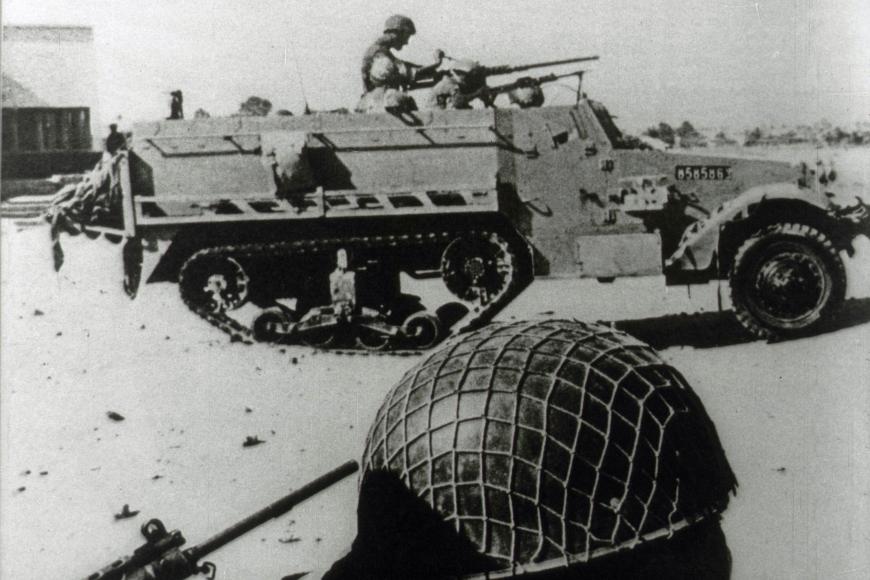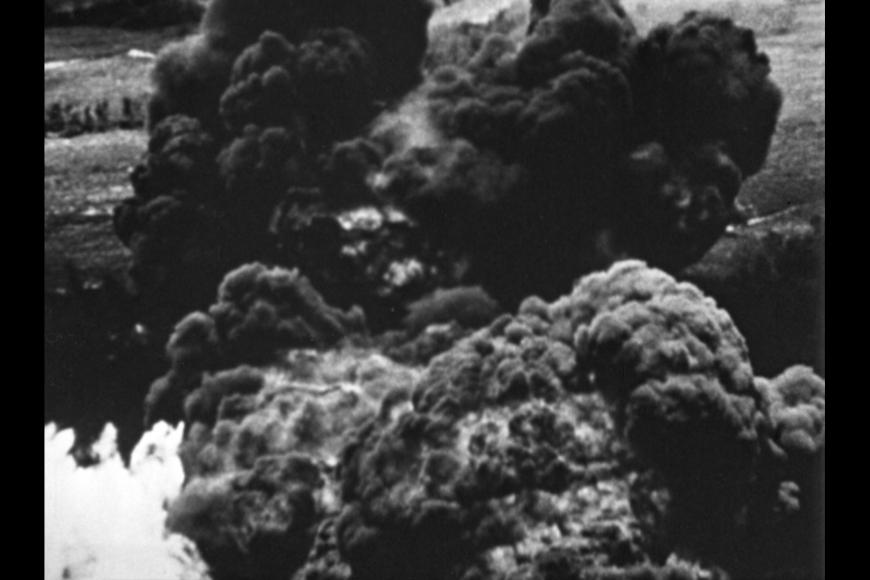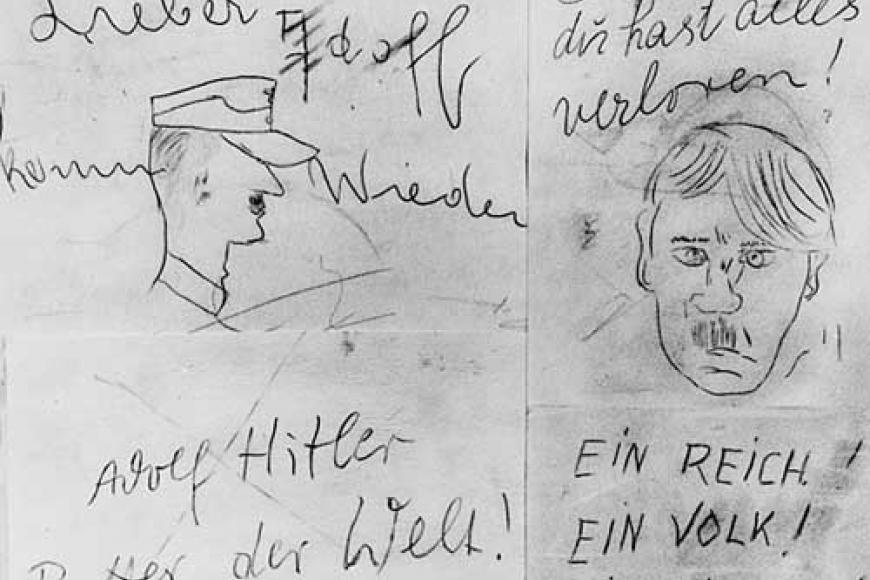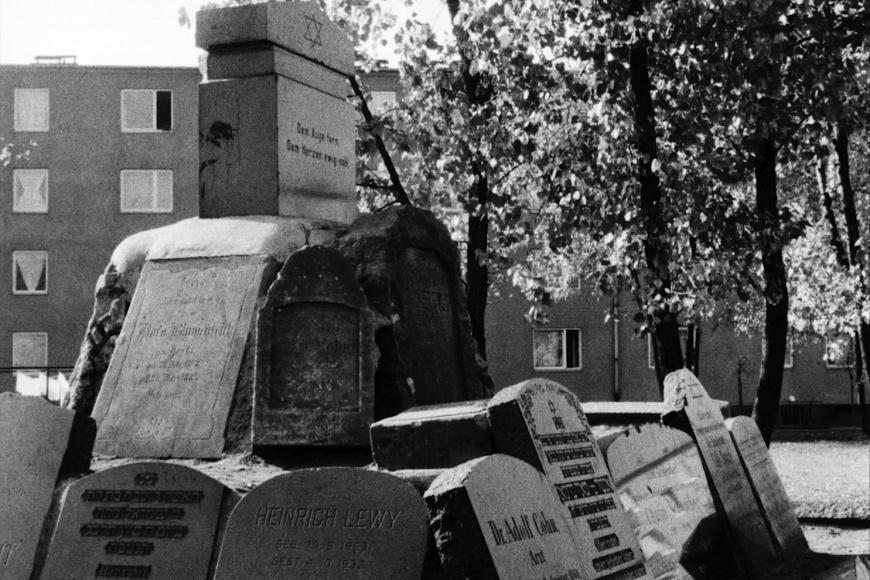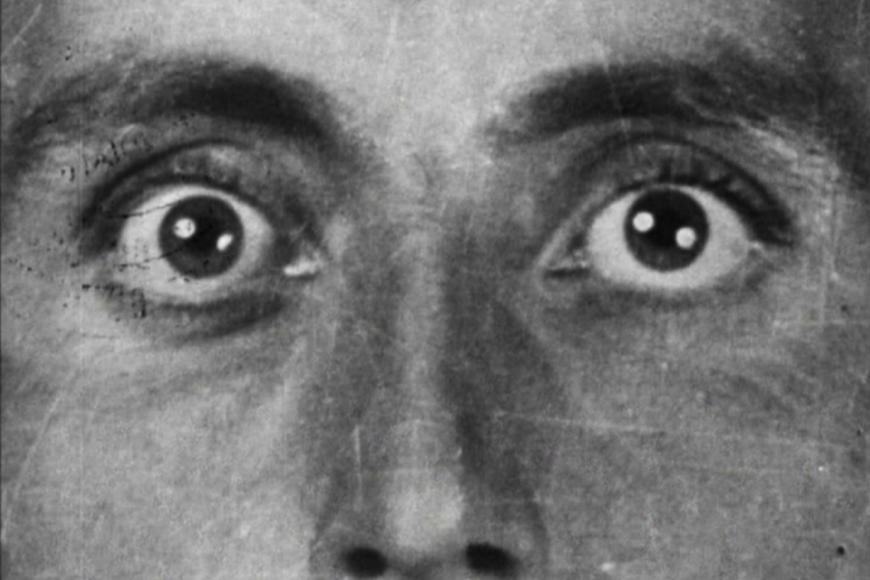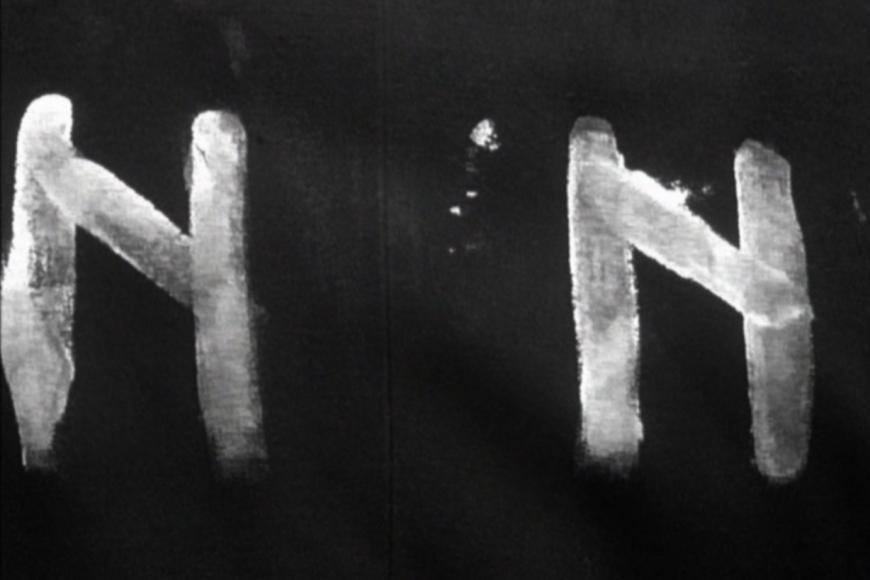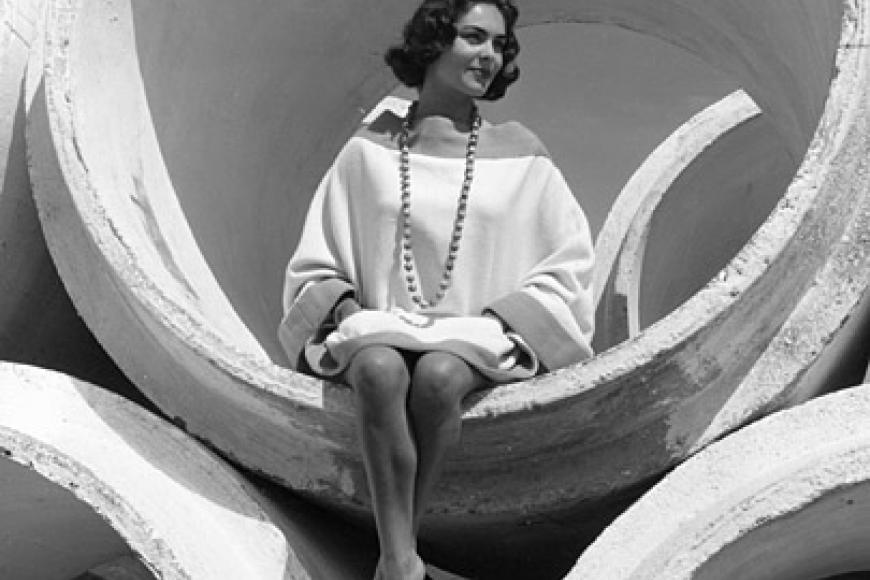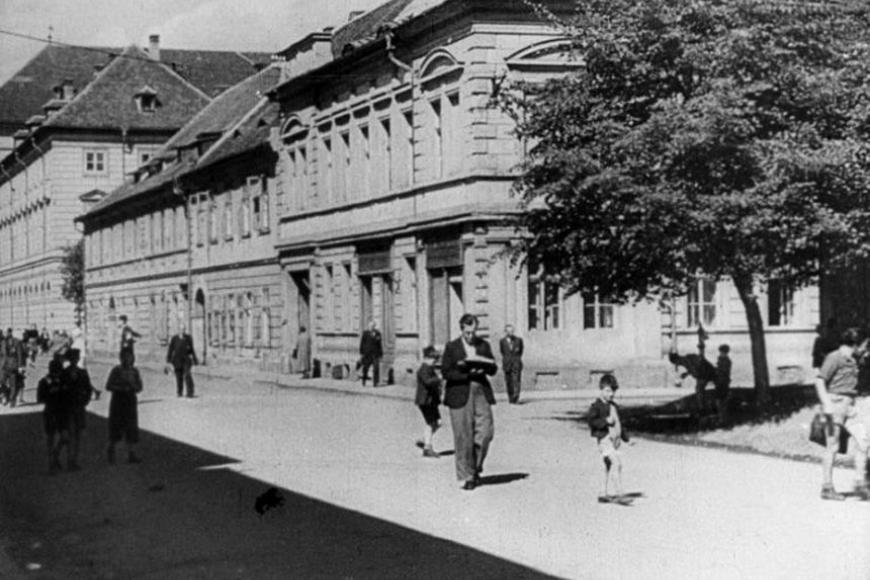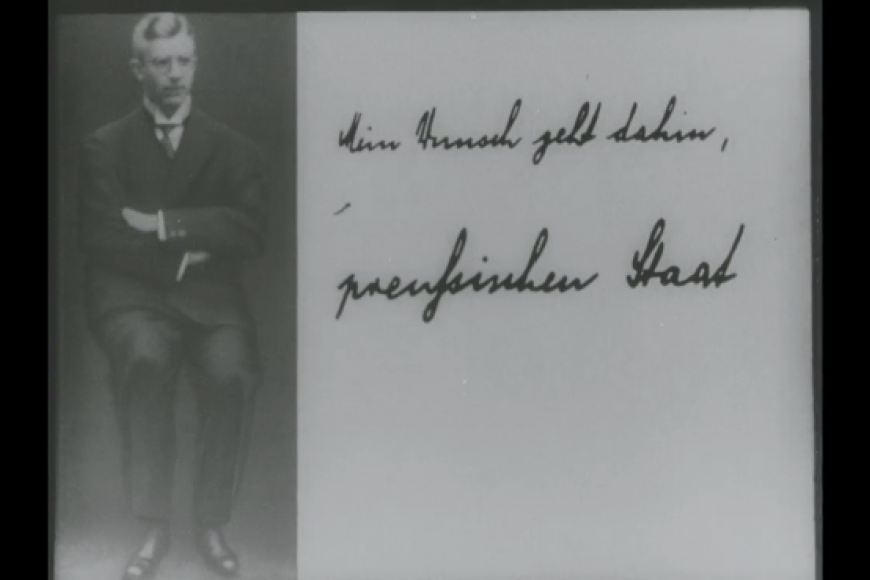
Operation J
Heynowski’s biographical research in the guise of an exposé film was part of a campaign coordinated by SED functionary Albert Norden to unmask the FRG as a fascist state. Documents and commentaries trace the career of Adenauer’s Chief of Staff of the Chancellery, Hans Globke, who had collaborated in the systematic marking and racist declassification of Jews as a Nazi administrative lawyer and Eichmann confidant. The facts had been on the table for some time, but acquired new propaganda value in view of the impending Eichmann trial. In 1961, “Operation J” was awarded a main prize at the International Leipzig Documentary and Short Film Week.

